This article was co-authored by Marsha Durkin, RN. Marsha Durkin is a Registered Nurse and Laboratory Information Specialist for Mercy Hospital and Medical Center in Illinois. She received her Associates Degree in Nursing from Olney Central College in 1987.
There are 7 references cited in this article, which can be found at the bottom of the page.
This article has been viewed 783,723 times.
Keloids scars can be a nuisance because they continue to grow even after the scar has healed. They rise above the rest of the skin and usually have a smooth top, are rough to the touch, and have a pink or purple colour. These scars are more likely to develop on olive skin and occur most frequently among people between the ages of ten and thirty. In order to get rid of or reduce the appearance of keloids, you should look into a number of medical treatments, such as steroid injections and laser treatment. Alternatively, you could try less-effective natural remedies.[1]
Steps
Getting Medical Treatment
-
1Talk with your doctor about treatment options. There are a variety of different medical options for treating keloids including topical ointments, laser treatment, steroid injections, surgery, etc. Your doctor can help determine which option is best for your. For example, some treatment options only work on newly formed scars and keloids. Other treatments are costly and invasive and may not fully remove the keloid.
-
2Use topical retinoid ointments. Drugstores sell ointments, creams, and gels that are formulated to reduce the appearance of scars over time. Retinoids work to help regulate collagen production, which can reduce the appearance of keloids. These creams can also reduce itching associated with scars. Ask your pharmacist for a recommendation.[2]
- It may take several months for the treatment to work.
- Apply the ointment, cream, or gel as directed on the bottle for the recommended period of time.
Advertisement -
3Try steroid injections. These injections may help reduce scars that are raised above the surface of the skin. They are usually given every two to six weeks, until the scars begin to improve. In some instances this can take several months. This treatment will help to shrink the keloids and reduce any swelling.[3]
- While steroid injections may help flatten these scars, they cannot permanently remove keloids.
-
4Get laser treatments. Laser treatment is a popular form of scar removal and has been successful for reducing keloids as well. Pulsed dye lasers and the long pulsed ND:YAG laser are considered the most effective in treating keloid scars. However, these lasers are not as effective on dark skin. Laser treatment can be quite costly because a specialist is required and it will take several treatments before noticeable results are achieved.[4]
- The side effects associated with laser treatment include redness and mild irritation.
-
5Talk to your doctor about silicone sheets. Silicone sheets work best if applied to the infected area before a scar has developed. They work by keeping the area hydrated and preventing the development of scar tissue. A silicone sheet is tightly wrapped around the scar tissue and is worn for days or even months following the injury.[5]
- Silicone sheets are one of the only treatment options available for children.
-
6Have keloid scars surgically removed. If you want to completely remove the keloid, rather than just reduce its appearance, you can try surgical removal. This is an invasive procedure, but will likely remove the entire keloid. The only issue is that surgeries often cause the development of new scars.[6]
- Surgical treatment of scars can be expensive, but it may be the most effective way to significantly reduce their appearance.
- You can immediately treat the post-surgery scar using topical retinoids and compression therapy to reduce the chances of another keloid developing. Some surgeons use radiation after the procedure, too, but this is controversial.
- But keep in mind that surgery is risky and may trigger the formation of an even bigger keloid.
-
7Try cryotherapy on newly formed keloid scars. This type of treatment works by freezing the skin tissue at the site of the keloid with a substance similar to liquid nitrogen. It is often used in combination with other treatments, most notable steroid injections, to reduce the visibility of the scar. Cryotherapy will flatten the keloid but it may also leave the skin site darker.[7]
Using Natural Scar Treatments
-
1Try pressure therapy treatment. This treatment involves the compression of the wound or injured skin to reduce skin tension. Experts believe that compression will reduce cell production and flatten scars. This type of treatment works best on newly developed scars. You will need to wear a compression wrap or tape all day for several weeks or even months.[8]
- If you have a keloid on your ear as a result of a piercing, you can wear special compression earrings to treat the scars.
-
2Try Aloe Vera gel. Using aloe can help reduce keloids, especially if the scar is relatively fresh. Buy a bottle of Aloe Vera gel or use fresh aloe from the plant. Apply the gel at least twice a day.[9]
- Similarly, you can mix 2 teaspoons of aloe with 1 teaspoon of vitamin E oil, and 1 tablespoon of cocoa butter. Apply a thick layer to the damaged area and leave on your skin for 30 minutes. Then, wipe any excess of the skin and allow the rest to dry naturally.
-
3Try vitamin E. This natural substance is said to help reduce the appearance of scars by fostering healthy skin growth. Buy a cream containing vitamin E, or purchase vitamin E capsules that contain an oil you can rub over the keloids.
Reducing the Likelihood of Getting Keloids
-
1Avoid tattoos and piercings. The development of keloids may be hereditary, so the best way to reduce your likelihood of developing a keloid is to avoid certain scar-inducing procedures. For example, many people will develop keloids after received a piercing or tattoo.[10]
-
2Avoid elected cosmetic surgery. Another way you can prevent the development of keloids, is by avoiding any type of elected or cosmetic surgery. This is especially true if you are prone to keloids.[11]
- If surgery is medically required, talk with your doctor in advance so that steps can be taken to treat the scar tissue with steroid injections before a keloid develops.
-
3Resist the temptation to pop or squeeze pimples. Severe acne can also cause scarring and may lead to the development of keloids. If you suffer from acne, make sure to treat it immediately. This will reduce the likelihood that scars will develop. You should also avoid popping or squeezing pimples because this can damage the skin and cause scarring.[12]
Expert Q&A
-
QuestionHow do I get a laser treatment for keloids? Are there any side effects?
 Marsha Durkin, RNMarsha Durkin is a Registered Nurse and Laboratory Information Specialist for Mercy Hospital and Medical Center in Illinois. She received her Associates Degree in Nursing from Olney Central College in 1987.
Marsha Durkin, RNMarsha Durkin is a Registered Nurse and Laboratory Information Specialist for Mercy Hospital and Medical Center in Illinois. She received her Associates Degree in Nursing from Olney Central College in 1987.
Registered Nurse I would find a doctor who is able to remove keloids with laser treatments. Ask around for referrals.
I would find a doctor who is able to remove keloids with laser treatments. Ask around for referrals. -
QuestionHow do I get rid of a keloid next to my nose?
 Marsha Durkin, RNMarsha Durkin is a Registered Nurse and Laboratory Information Specialist for Mercy Hospital and Medical Center in Illinois. She received her Associates Degree in Nursing from Olney Central College in 1987.
Marsha Durkin, RNMarsha Durkin is a Registered Nurse and Laboratory Information Specialist for Mercy Hospital and Medical Center in Illinois. She received her Associates Degree in Nursing from Olney Central College in 1987.
Registered Nurse The best idea is for you to go see a dermatologist or your personal doctor.
The best idea is for you to go see a dermatologist or your personal doctor. -
QuestionI have keloids on my chest. They are sensitive and always hurt -- no itching but painful. It's been seven years now. Please help me!
 Marsha Durkin, RNMarsha Durkin is a Registered Nurse and Laboratory Information Specialist for Mercy Hospital and Medical Center in Illinois. She received her Associates Degree in Nursing from Olney Central College in 1987.
Marsha Durkin, RNMarsha Durkin is a Registered Nurse and Laboratory Information Specialist for Mercy Hospital and Medical Center in Illinois. She received her Associates Degree in Nursing from Olney Central College in 1987.
Registered Nurse The best idea is for you to go see a dermatologist or your personal physician.
The best idea is for you to go see a dermatologist or your personal physician.
References
- ↑ https://familydoctor.org/condition/keloids/
- ↑ https://clinmedjournals.org/articles/ijdrt/journal-of-dermatology-research-and-therapy-ijdrt-4-059.php?jid=ijdrt
- ↑ https://patient.info/skin-conditions/keloid-leaflet
- ↑ https://www.uptodate.com/contents/laser-therapy-for-hypertrophic-scars-and-keloids
- ↑ https://www.implantech.com/is-silicone-sheeting-effective-for-managing-keloid-scars/
- ↑ https://patient.info/skin-conditions/keloid-leaflet
- ↑ https://patient.info/skin-conditions/keloid-leaflet
- ↑ https://www.ncbi.nlm.nih.gov/pmc/articles/PMC4186912/
- ↑ https://www.mindbodygreen.com/articles/can-aloe-vera-heal-acne-scars-heres-what-derms-say
About This Article
To get rid of keloids, try applying aloe vera gel on your keloids at least twice a day, which can help reduce scarring. You can also rub lemon juice over your keloids twice a day, as this lightens the top layer of skin and reduces the appearance of scars. Alternatively, you can try onion extract gel or vitamin E cream to improve the appearance of scar tissue. Additionally, you might consider stronger treatments like over-the-counter creams, steroid injections, or laser treatment. For more tips from our Medical co-author, including how to have keloid scars surgically removed, read on!
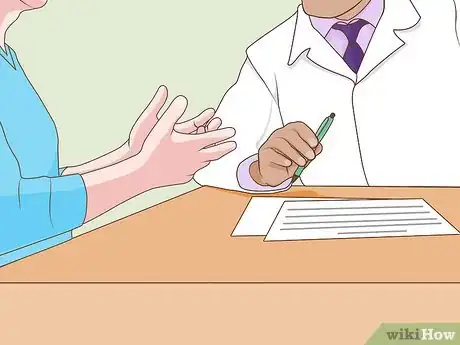
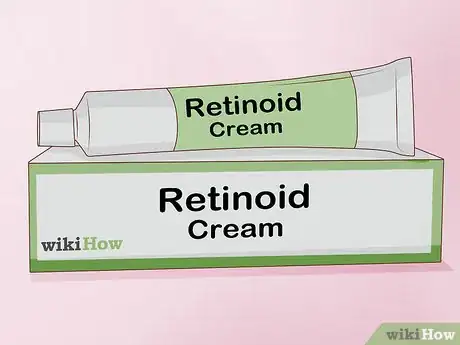
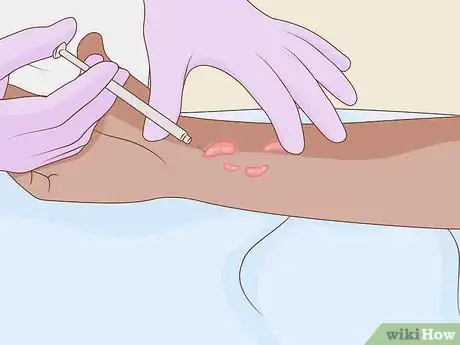
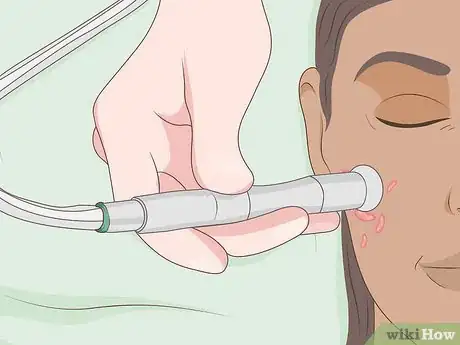
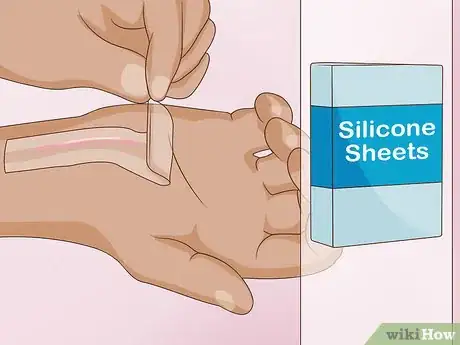
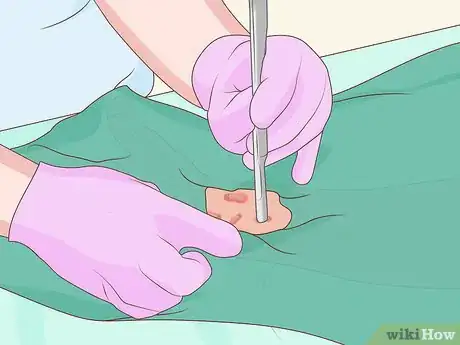
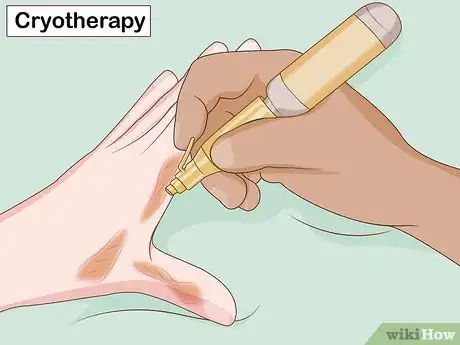

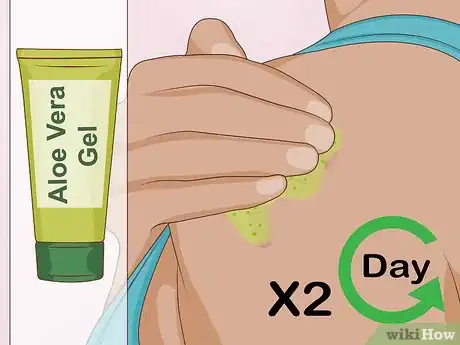
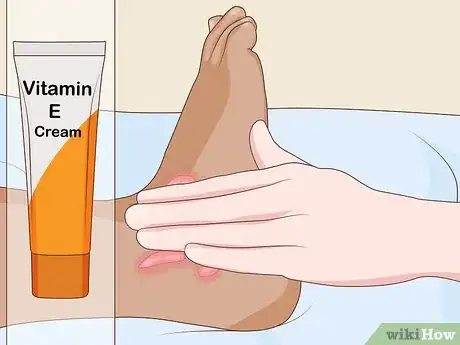
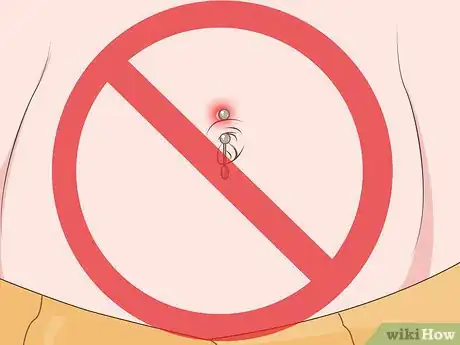
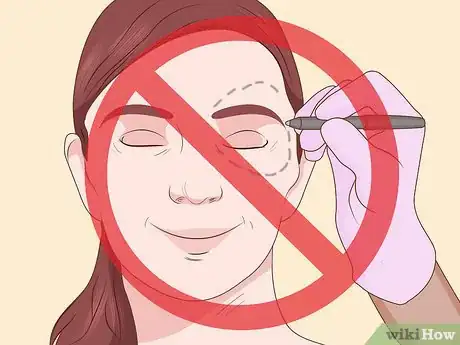
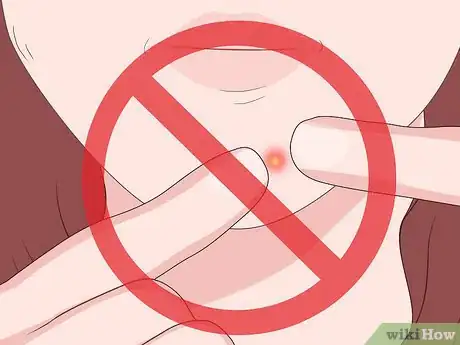

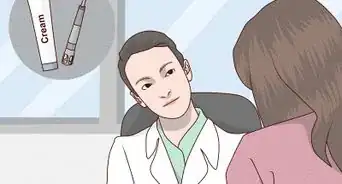
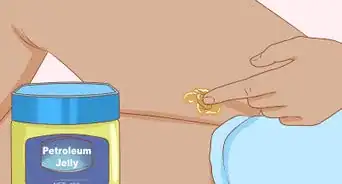

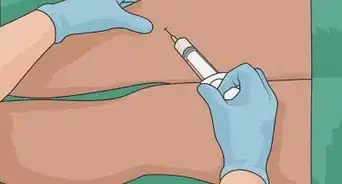
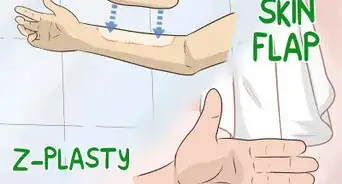
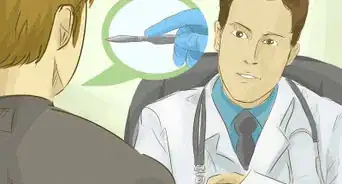

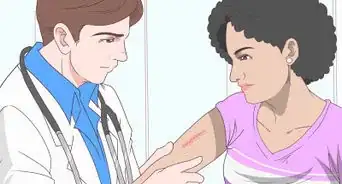
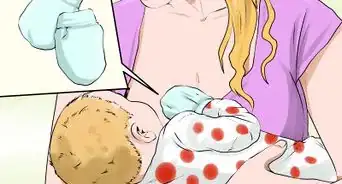
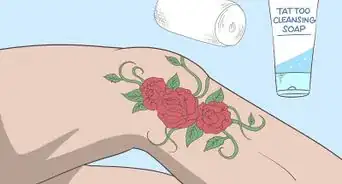
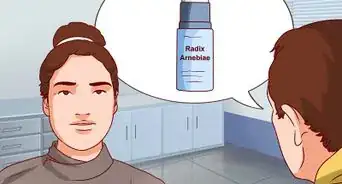










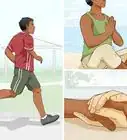

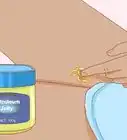




































Medical Disclaimer
The content of this article is not intended to be a substitute for professional medical advice, examination, diagnosis, or treatment. You should always contact your doctor or other qualified healthcare professional before starting, changing, or stopping any kind of health treatment.
Read More...